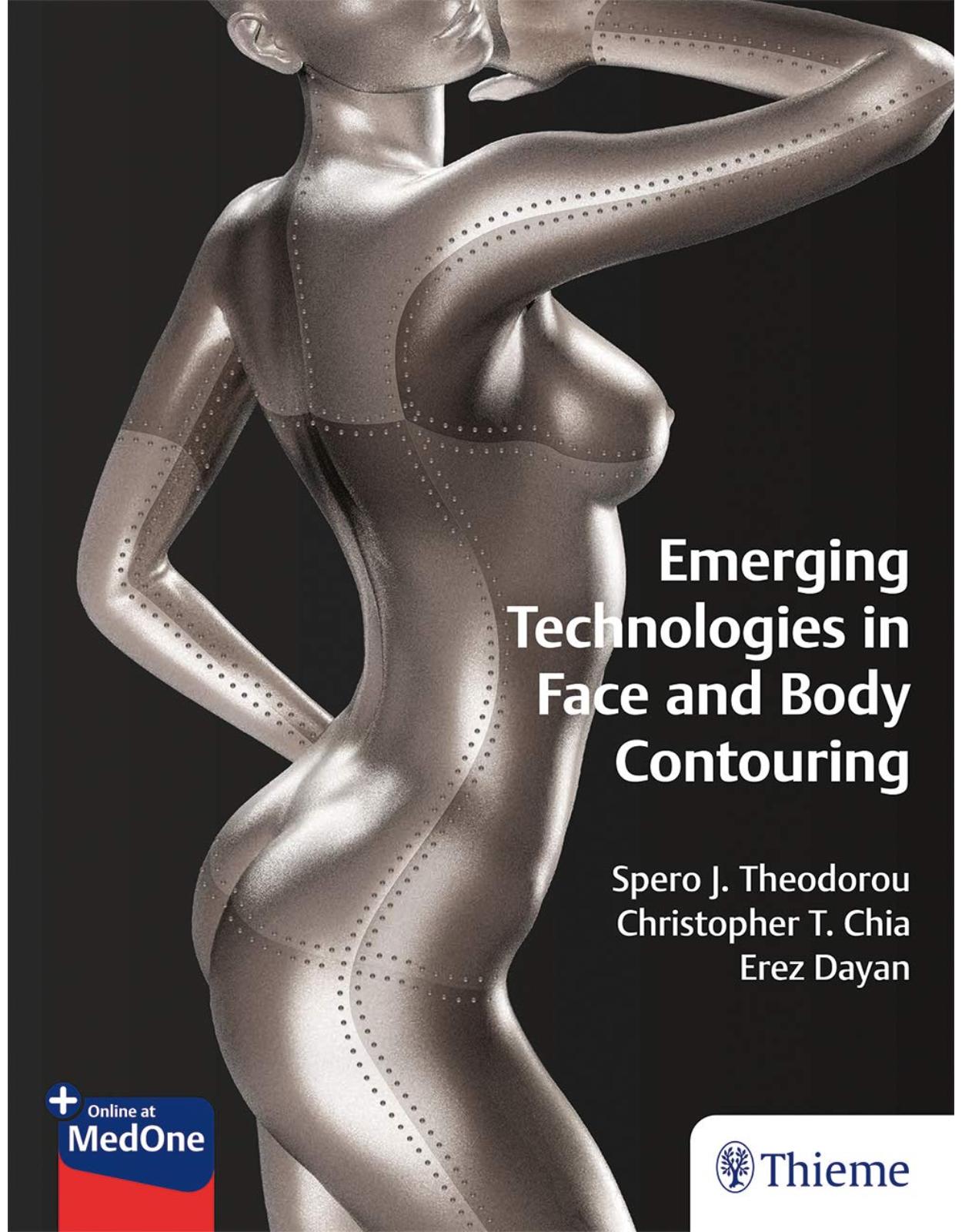
Emerging Technologies in Face and Body Contouring
Livrare gratis la comenzi peste 500 RON. Pentru celelalte comenzi livrarea este 20 RON.
Disponibilitate: La comanda in aproximativ 4 saptamani
Editura: Thieme
Limba: Engleza
Nr. pagini: 244
Coperta: Hardcover
Dimensiuni: 27.94 x 21.59 cm
An aparitie: 25 Jan. 2021
Description:
A concise guide to state-of-the-art nonsurgical body contouring from pioneers in the field!
Emerging Technologies in Face and Body Contouring by internationally acclaimed experts Spero Theodorou, Christopher Chia, Erez Dayan and esteemed contributors, details emerging state-of-the-art technologies in minimally-invasive body contouring. This resource fills a void in the literature, providing plastic, aesthetic, and dermatologic surgeons with clinical insights on the latest proven techniques in nonsurgical fat reduction and skin tightening.
The book begins with chapters on 3D imaging for emerging body contouring technologies, clinically applicable concepts of fat metabolism, and discussion of laser and ultrasound. Procedural chapters cover a diverse array of cutting-edge noninvasive body contouring and VASER techniques, including water-assisted and power-assisted liposuction. Chapters dedicated to the face and neck detail scarless face lifting, injection lipolysis, and radiofrequency skin tightening. Body-specific chapters focus on the neck, arms, abdomen, flanks and hips, gluteal region, thighs and calves, ankles and knees.
Key Features
Concise text walks readers through techniques in a stepwise manner, with numerous patient cases and explanations detailing the pros and cons of each modality
Coverage of the latest techniques including Brazilian butt lift surgery, cryolipolysis (CoolSculpting), and diverse radiofrequency procedures
Special topics include the role of stem cells in body contouring, ethnic considerations in liposuction, and male gynecomastia treatment
High quality illustrations enhance understanding of anatomy and procedures
Focused on the practical application of evidence-based technologies, this remarkable resource will help plastic surgeons and dermatologic surgeons improve patient outcomes and ROI.
Table of Contents:
Section I Principles
1 Three-dimensional Imaging for Emerging Technologies in Body Contouring
1.1 Introduction
1.2 History of 3D Imaging in Plastic Surgery
1.3 Preoperative Benefit of 3D Imaging
1.4 Intraoperative Benefit of 3D Imaging
1.5 Postoperative Benefit of 3D Imaging
1.6 Limitations
1.7 Conclusion
2 Clinically Applicable Concepts of Fat Metabolism
2.1 Introduction
2.2 Anatomy of Adipose Tissue
2.2.1 Gross Structure
2.2.2 Cellular Components and Structure
2.3 Physiology of Adipose Tissue
2.3.1 Functions of the Adipose Organ
2.3.2 Adipose Tissue Development, Metabolism, and, Turnover
2.4 Biological Implications of Liposuction
2.4.1 Biological Effects on Cosmetic Outcome
2.4.2 Metabolic Effects of Liposuction
2.5 Biological Implications of Fat Grafting
2.6 Conclusion
Section II Noninvasive Body Contouring
3 Noninvasive Laser Body Contouring
3.1 Introduction
3.2 Hyperthermic Treatment
3.3 Laser Tissue Interaction
3.4 Tissue Response To Laser Treatment
3.5 Patient Selection
3.6 Technique
3.7 Results of Treatment
3.8 Limitations Of Treatment
3.9 Conclusions
4 Ultrasound in Noninvasive Body Shaping
4.1 Introduction
4.2 Patient Selection
4.3 Technique
4.3.1 Baseline Measurement and Assessments
4.3.2 HIFU Procedure
4.3.3 Low Frequency (Nonthermal) Focused Ultrasound Procedure
4.4 Clinical Applications
4.5 Combination Treatments
4.6 Technology Pros and Cons
5 Three-dimensional Cryolipolysis Body Contouring
5.1 Introduction
5.2 Patient Selection
5.3 Exclusion Criteria
5.4 Technique
5.5 Evaluation-Consultation
5.6 Treatment
5.7 Aftercare
5.8 Clinical Applications
6 Noninvasive Radiofrequency Fat Destruction for Body Contouring
7 The Role of Stem Cells in Body Contouring
7.1 Introduction
7.2 Patient Selection
7.3 Technique
7.4 Clinical Applications
7.4.1 Patient 1
7.4.2 Patient 2
7.4.3 Patient 3
7.4.4 Patient 4
7.4.5 Patient 5
7.5 Discussion
8 Ethnic Considerations in Liposuction
8.1 Introduction
8.2 Ideal Body Shape
8.3 BMI Differences
8.4 Skin Quality
8.5 Attitude toward General Anesthesia
8.6 Scarring
8.7 Conclusion
Section III Liposuction Technology
9 Laser-Assisted Liposuction Under Local Anesthesia: Office-Based Surgery
9.1 Introduction
9.2 Preoperative Evaluation
9.3 Preoperative Medications
9.4 Local Anesthesia Method
9.4.1 Tumescent Solution
9.4.2 Intraoperative Considerations
9.5 Postoperative Considerations
9.6 Complications
10 Radiofrequency-Assisted Liposuction for Body Contouring
10.1 Radiofrequency Technology
10.2 RFAL: Mechanism of Action
10.3 RF Device
10.4 Safety Parameters
10.5 RFAL: Patient Selection
10.5.1 RFAL Candidates
10.5.2 Poor RFAL Candidates
10.6 Pearls and Pitfalls
11 VASER Technology for Body Contouring
11.1 Introduction
11.1.1 Ultrasonic Technology in Medicine, History, Uses, and Refinements
11.1.2 VASER Physics: How it Works?
11.1.3 Indications for VASER
11.1.4 Continuous versus Pulsed Mode: Energy Release and Heat Conversion
11.1.5 Probe Design and Use
11.1.6 VASER–Assisted Lipoplasty (VAL)
11.1.7 VASER Skin Retraction
11.1.8 Blood Loss and VASER
11.1.9 Cell Viability After Use of VASER Liposuction
11.1.10 Probes and Setting According to Each Patient
11.2 Complications
11.2.1 Prevention and Treatment
12 Water-Assisted Liposuction
12.1 Introduction
12.2 Patient Selection
12.2.1 Indications
12.2.2 Contraindications
12.3 Technique
12.3.1 Device
12.3.2 WAL Operating Modes
12.3.3 Sequences
12.3.4 Tumescent Solution
12.3.5 LipoCollector
12.3.6 Aftercare
12.4 Clinical Applications
12.5 Combination Treaents
12.5.1 Autologous Fat Transplantation
12.6 Pros and Cons of the WAL
12.6.1 Pros
12.6.2 Cons
12.6.3 Device and Disposables
13 Power-Assisted Liposuction Cannula Types and Technique
13.1 History of PAL
13.2 Equipment
13.3 Advantages for the Surgeon
13.4 Advantages for the Patient
13.5 Procedure
13.6 Complications
13.7 New Applications
13.8 Conclusion
Section IV Technology-Based Body Contouring by Anatomy
14 Scarless Face Lifting with Bipolar Radiofrequency Assistance
14.1 Introduction
14.2 Indications: Choosing a Patient
14.3 Contraindications
14.4 Technique
14.5 Discussion
14.6 Clinical Applications
14.7 Combination Therapy
15 Injection Lipolysis–Neck
15.1 Introduction
15.2 Deoxycholic Acid (DCA)
15.3 Patient Evaluation
15.4 Preoperative Planning and Preparation
15.5 Surgical Technique
15.5.1 Positioning and Markings
15.5.2 Anesthesia
15.5.3 Technique
15.6 Results and Outcomes
15.6.1 Case 1
15.6.2 Case 2
15.7 Problems and Complications
16 Neck: Radiofrequency Liposuction
16.1 Introduction
16.2 Patient Selection
16.3 Preoperative Planning and Preparation
16.4 Surgical Technique
16.4.1 Marking the Neck
16.5 Incisions
16.6 Infiltration
16.7 Devices
16.8 Gel
16.9 Technique
16.10 Depth of the Treatment
16.11 Surgical Tips
16.12 Statistics
16.13 Postoperative Care
16.14 Results
16.15 Complications
16.16 Case Studies
16.16.1 Case 1
16.16.2 Case 2
16.16.3 Case 3
17 Neck Liposuction: The Classic Technique
17.1 Patient Evaluation
17.2 Preoperative Planning and Preparation
17.3 Surgical Technique
17.3.1 Skin Preparation
17.3.2 Anesthesia
17.3.3 Marking
17.3.4 Patient Positioning
17.3.5 Technique
17.3.6 Ancillary Procedures
17.3.7 Postoperative Care
17.3.8 Healing
17.4 Results and Outcomes
17.5 Problems and Complications
18 Radiofrequency-Assisted Liposuction for Arm Contouring
18.1 Anatomical RFAL Arm Landmarks
18.2 No Man’s Land
18.3 Zone 1 and Zone 2
18.4 Deltoid Fat Pad
18.4.1 Deltoid Fat Pad Marking
18.5 Triceps Fat Pad Marking and Treatment Parameters
18.6 RFAL Arm Candidate Selection
18.7 Radiofrequency Application
18.8 Conclusion
19 FaceTite: Procedure Technique
19.1 Patient Cases
20 Male Gynecomastia Treatment
20.1 The Beautiful Normal: Male Pectoral Anatomy and Beauty Standards
20.2 Analysis of the Male Chest Deformities: Skin versus Gland versus Fat
20.3 Algorithm for the Surgical Options in Male Gynecomastia; Male Specific
20.4 The Role of Fat Grafting to Enhance the Muscular Appearance and Reduce the Scar in Surgical Options
20.5 VASER Gynecomastia: VASER Mixed Approach to Induce Skin Retraction and Reduce Bleeding
20.6 Open Access for Gynecomastic Tissue: Inverted Omega Incision
20.7 Complications, Prevention, and Treatment
21 High Definition Body Contouring of the Abdomen
21.1 Female versus Male Anatomy: Landmarks, Planes, and Superficial Anatomy
21.2 Steady versus Fluctuating Beauty Standards
21.3 Biotypes and the Influence Results
21.3.1 Ectomorphs
21.3.2 Endomorphs
21.3.3 Mesomorphs
21.4 Male High Definition in the Abdominal Area: Procedure, Variations According to Bio Types
21.4.1 The Markings
21.5 The Negative Spaces
21.5.1 Incisions
21.5.2 Infiltration
21.5.3 Emulsification
21.5.4 Extraction
21.6 The Rectus Abdominis
21.7 The Intermediate Layer Liposuction
21.8 Adjunctive Fat Grafting in the Torso: Where and When To Use It
21.9 Complications, Prevention, and Treatment
22 Flanks and Hips
22.1 Introduction
22.2 Anatomy
22.3 Markings
22.4 Positioning
22.5 Treatment
22.6 Postoperative Care
22.7 Complications
23 Gluteal Augmentation with Implants
23.1 Patient Evaluation
23.2 Preoperative Planning and Preparation
23.3 Surgical Technique
23.4 Complications
23.5 Case Examples
23.5.1 Case 1
23.5.2 Case 2
23.5.3 Case 3
24 Technology-Based Contouring of the Thighs
24.1 Introduction
24.2 Patient Evaluation
24.3 Preoperative Planning and Preparation
24.4 Surgical Technique
24.5 Results and Outcomes
24.5.1 Problems and Complications
25 Calf, Ankle, and Knee Contouring
25.1 Introduction
25.2 Preoperative Evaluation
25.3 Markings
25.4 Procedure
25.5 Postoperative Considerations
25.6 Pearls and Pitfalls
Index
| An aparitie | 25 Jan. 2021 |
| Autor | Spero Theodorou , Christopher Chia, Erez Dayan |
| Dimensiuni | 27.94 x 21.59 cm |
| Editura | Thieme |
| Format | Hardcover |
| ISBN | 9781626236677 |
| Limba | Engleza |
| Nr pag | 244 |
-
1,26500 lei 1,10500 lei

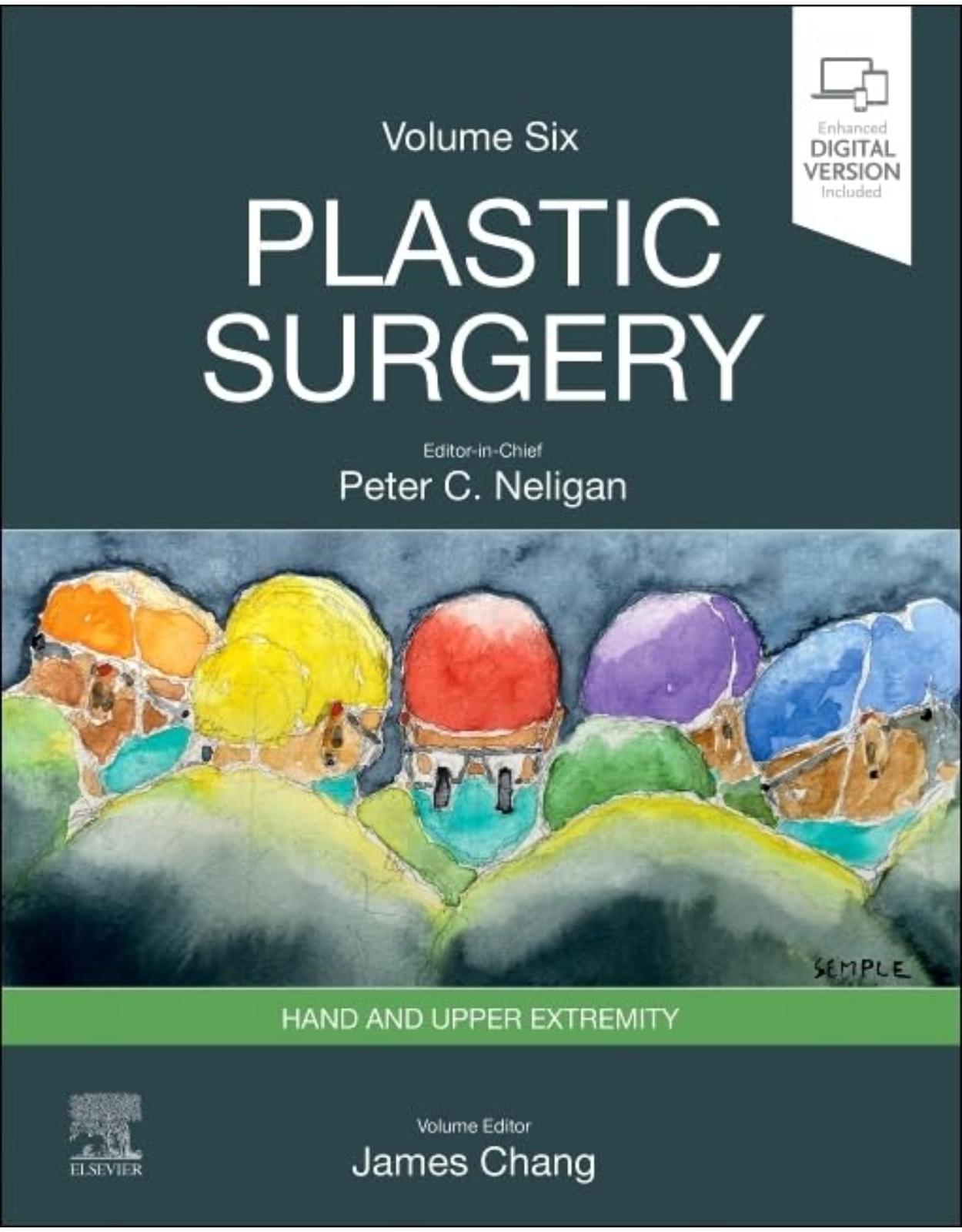
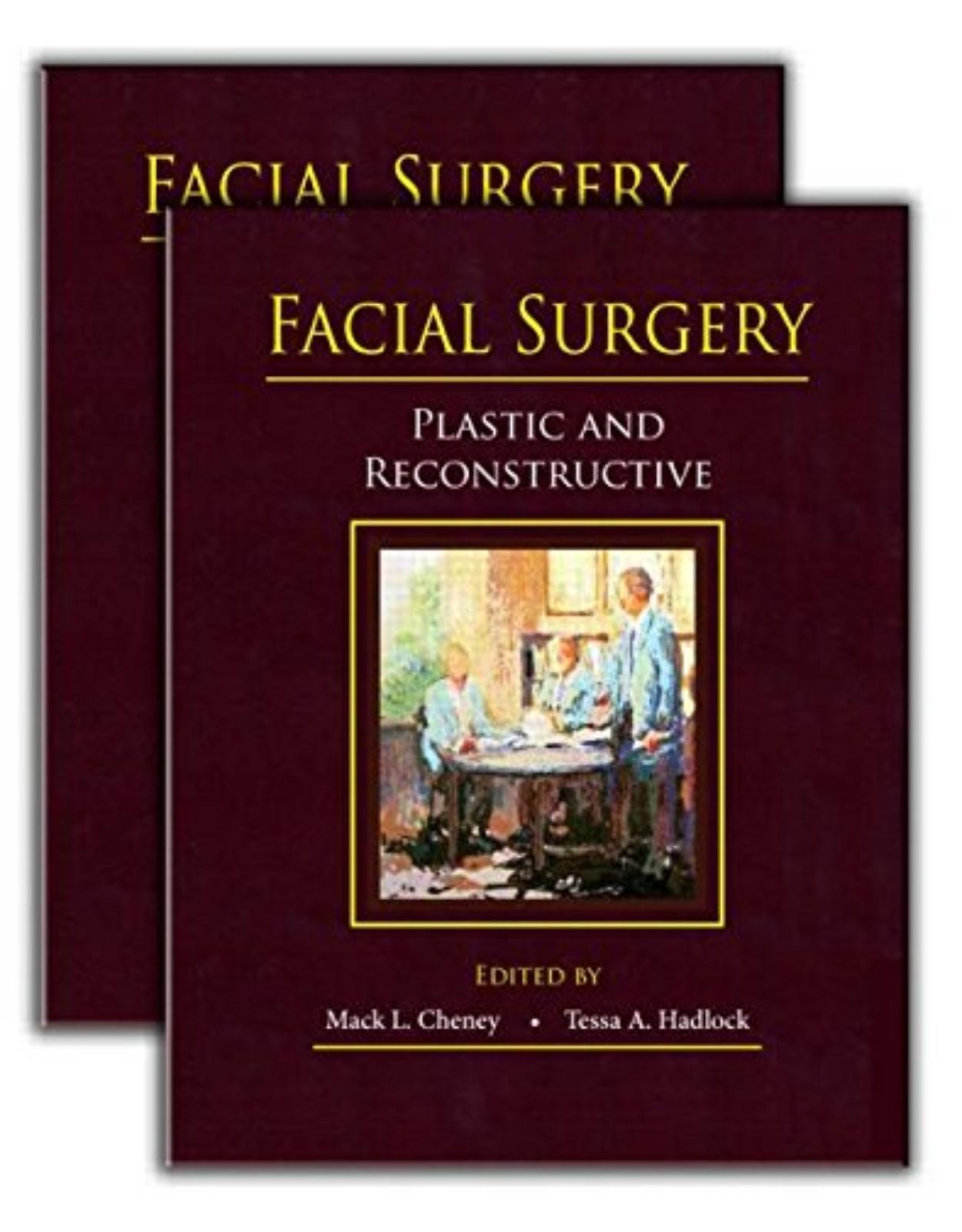
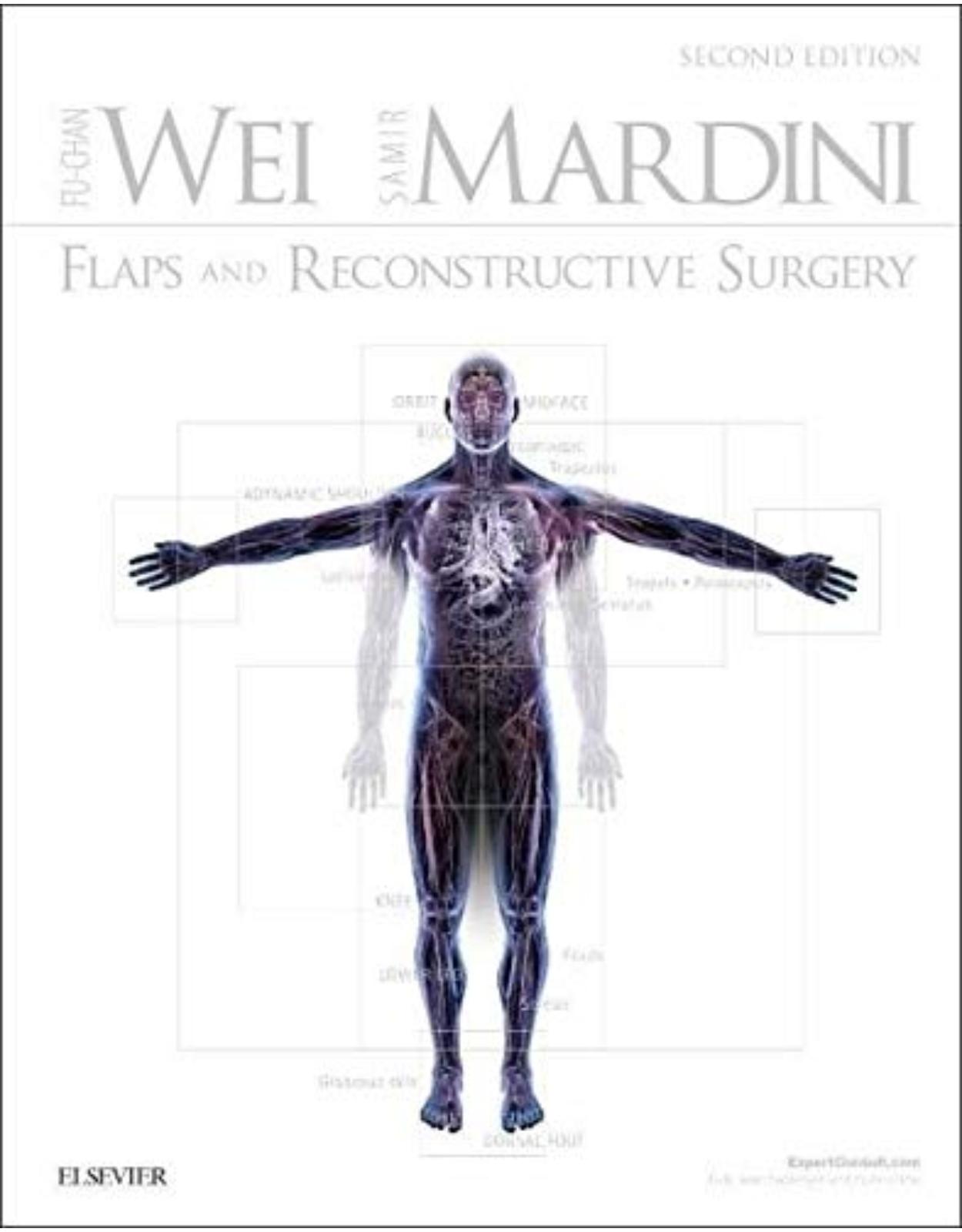
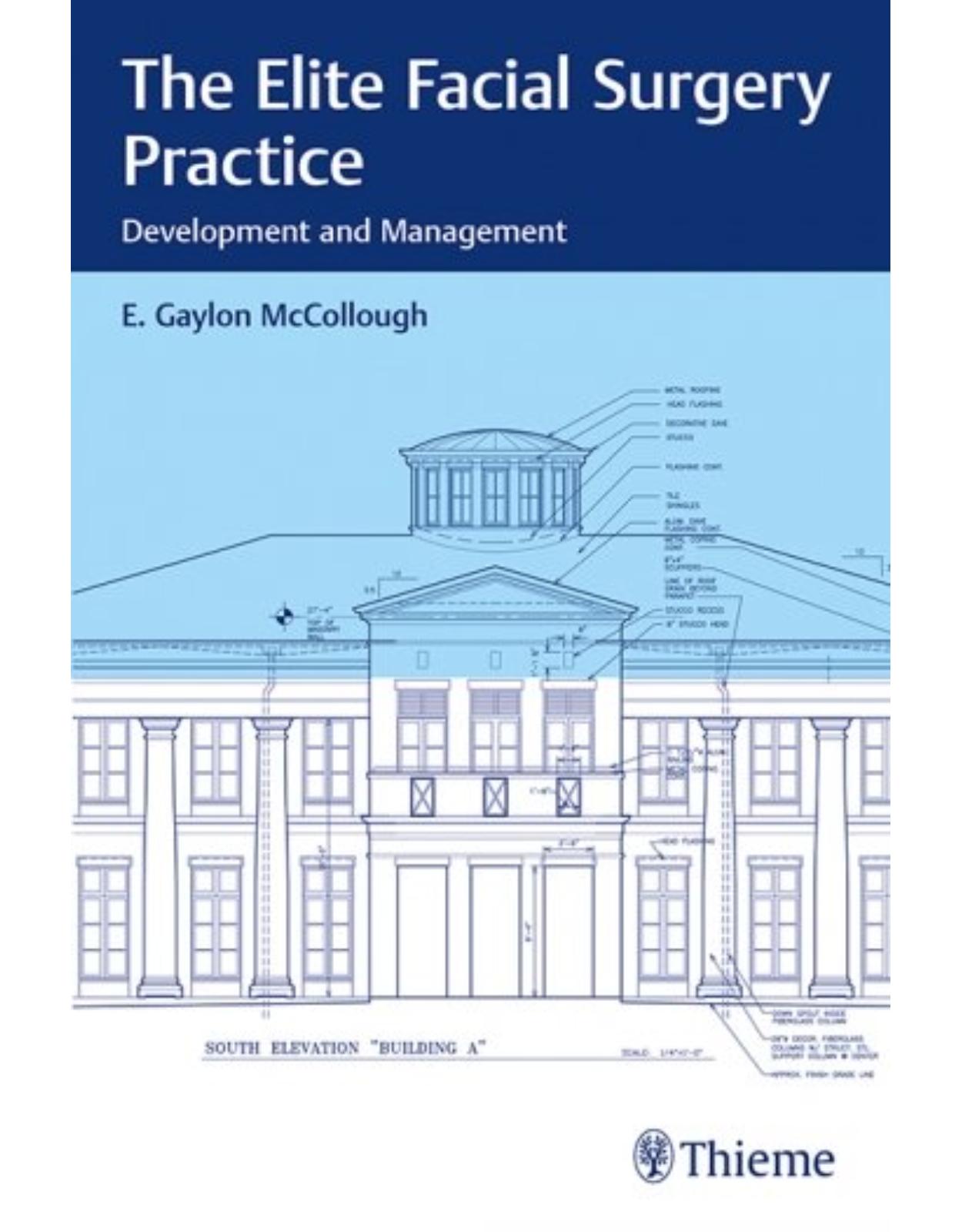
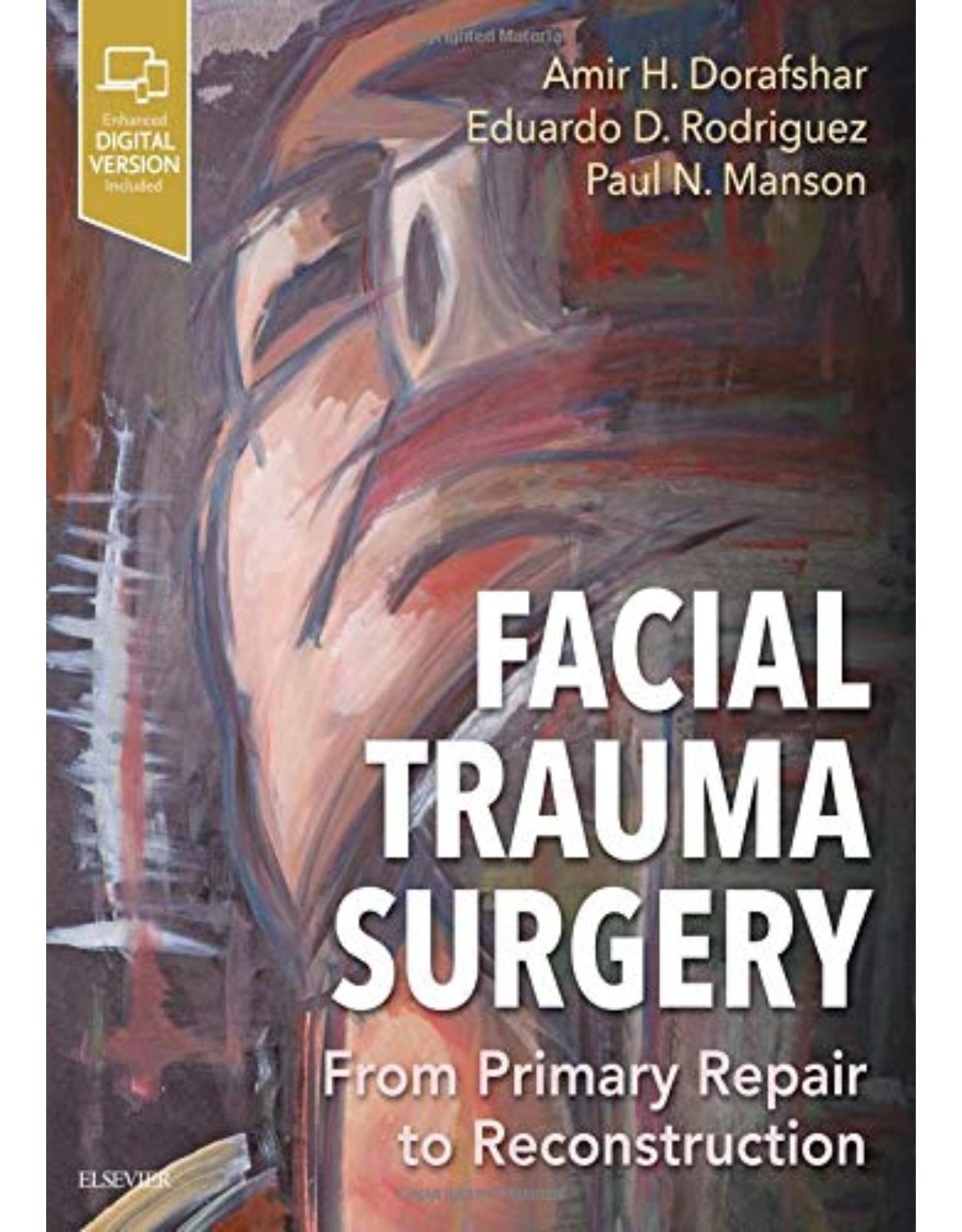
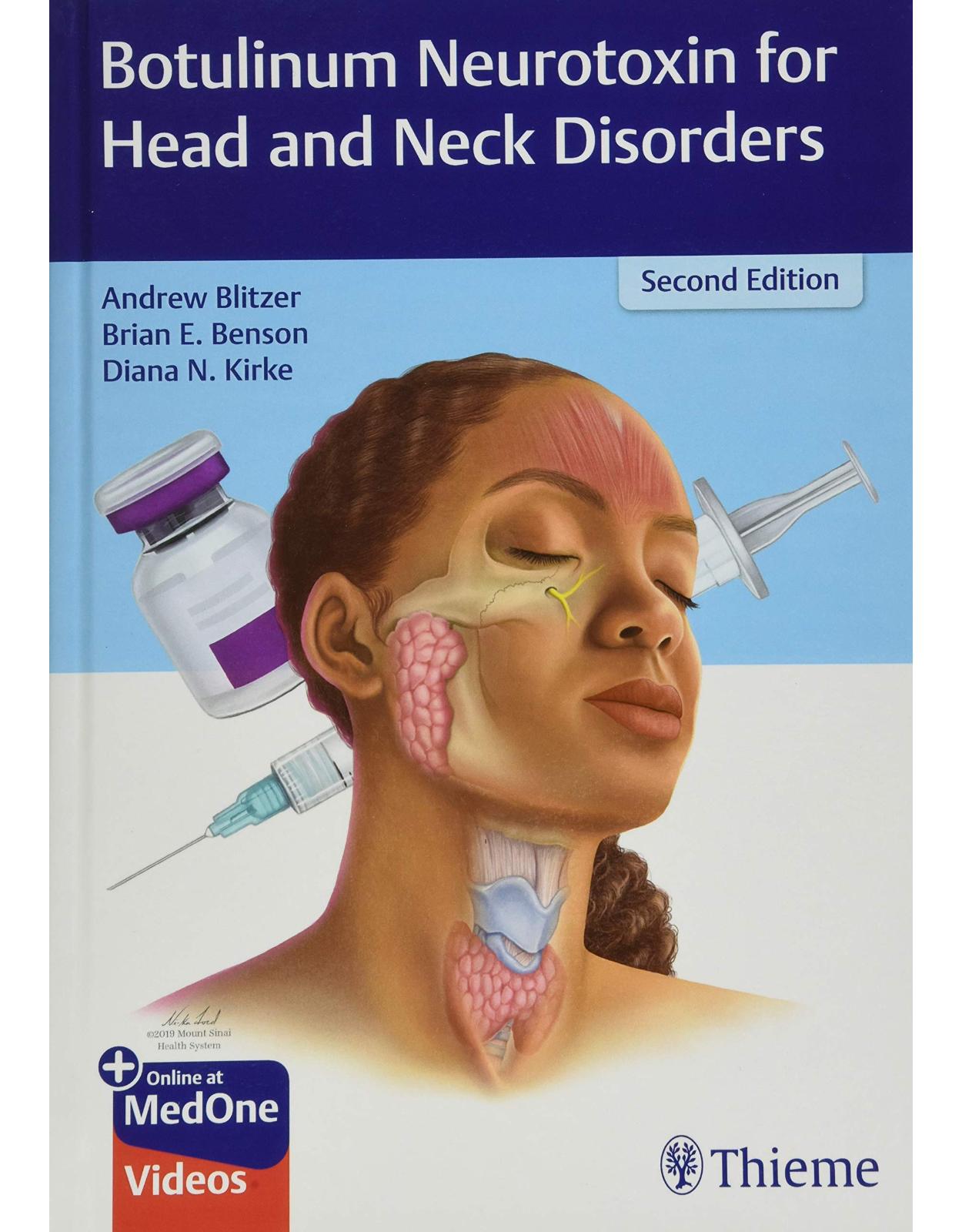
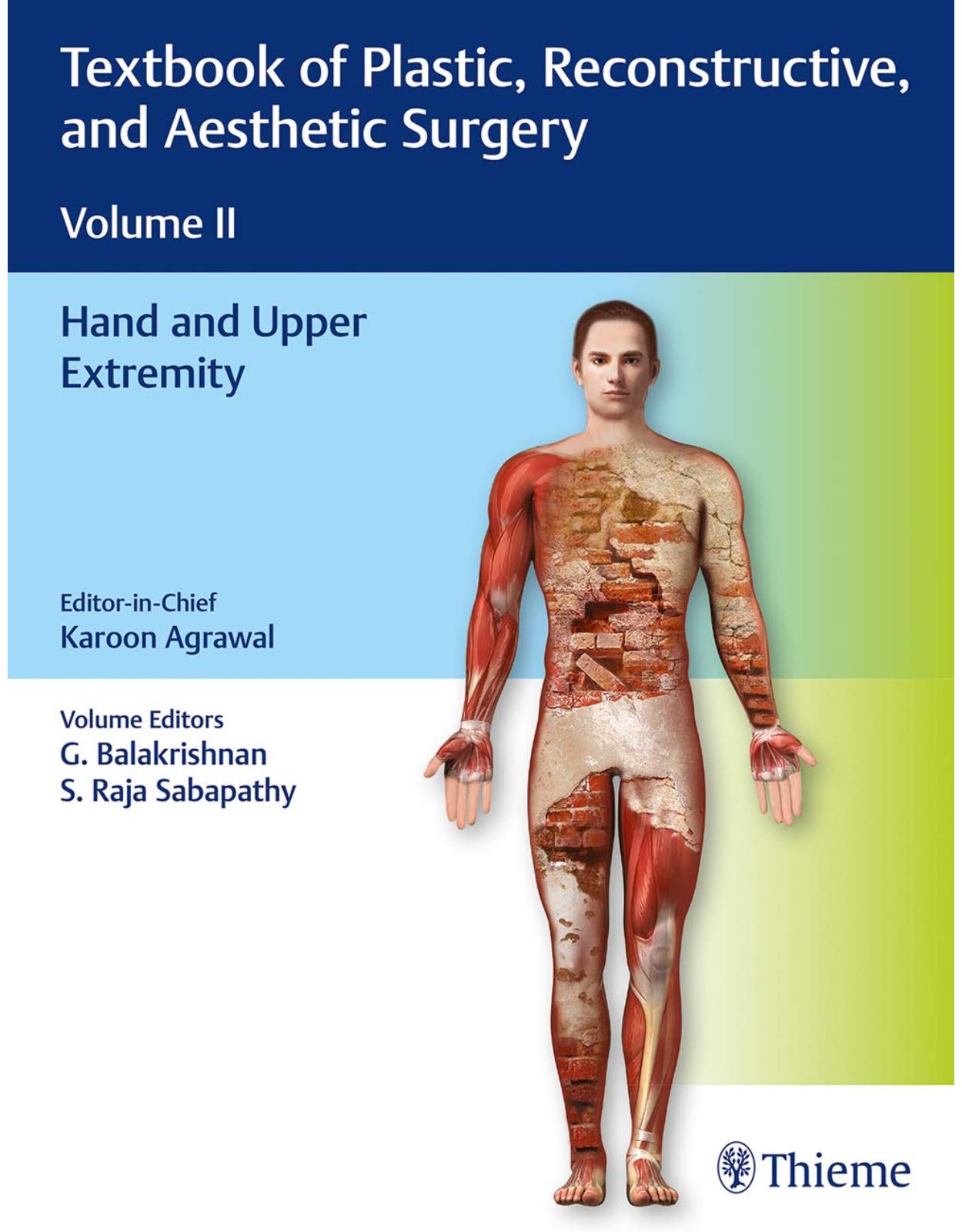
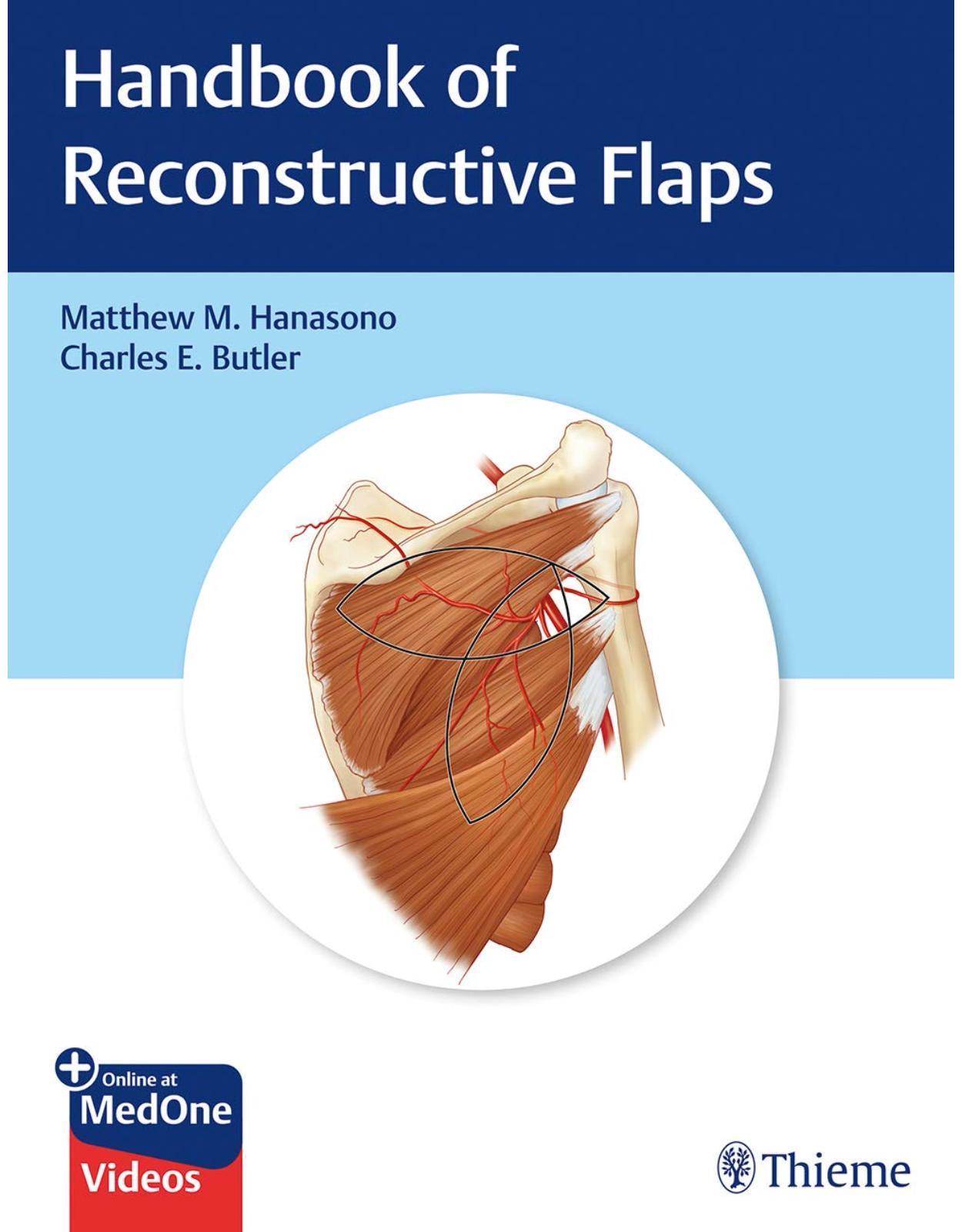
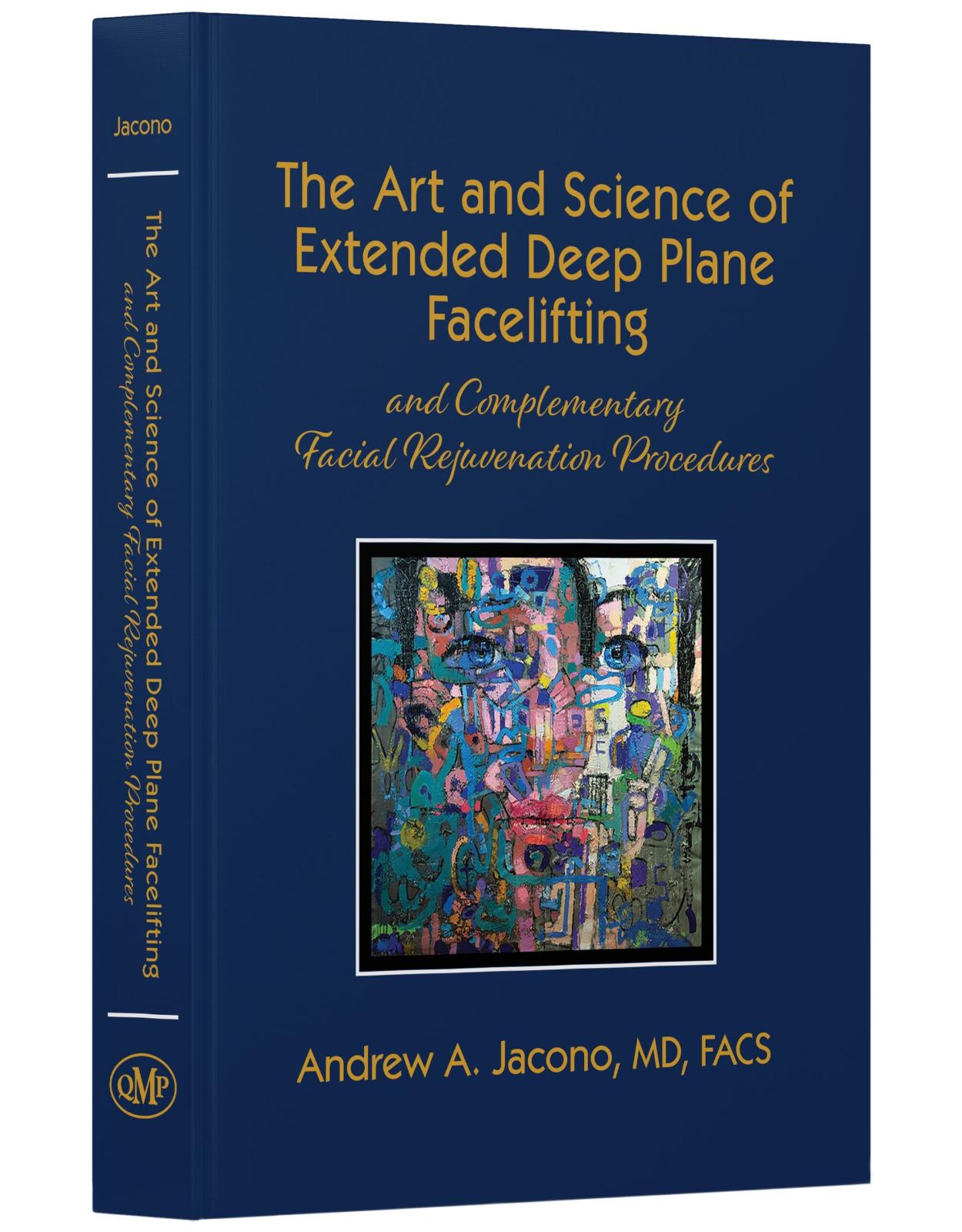
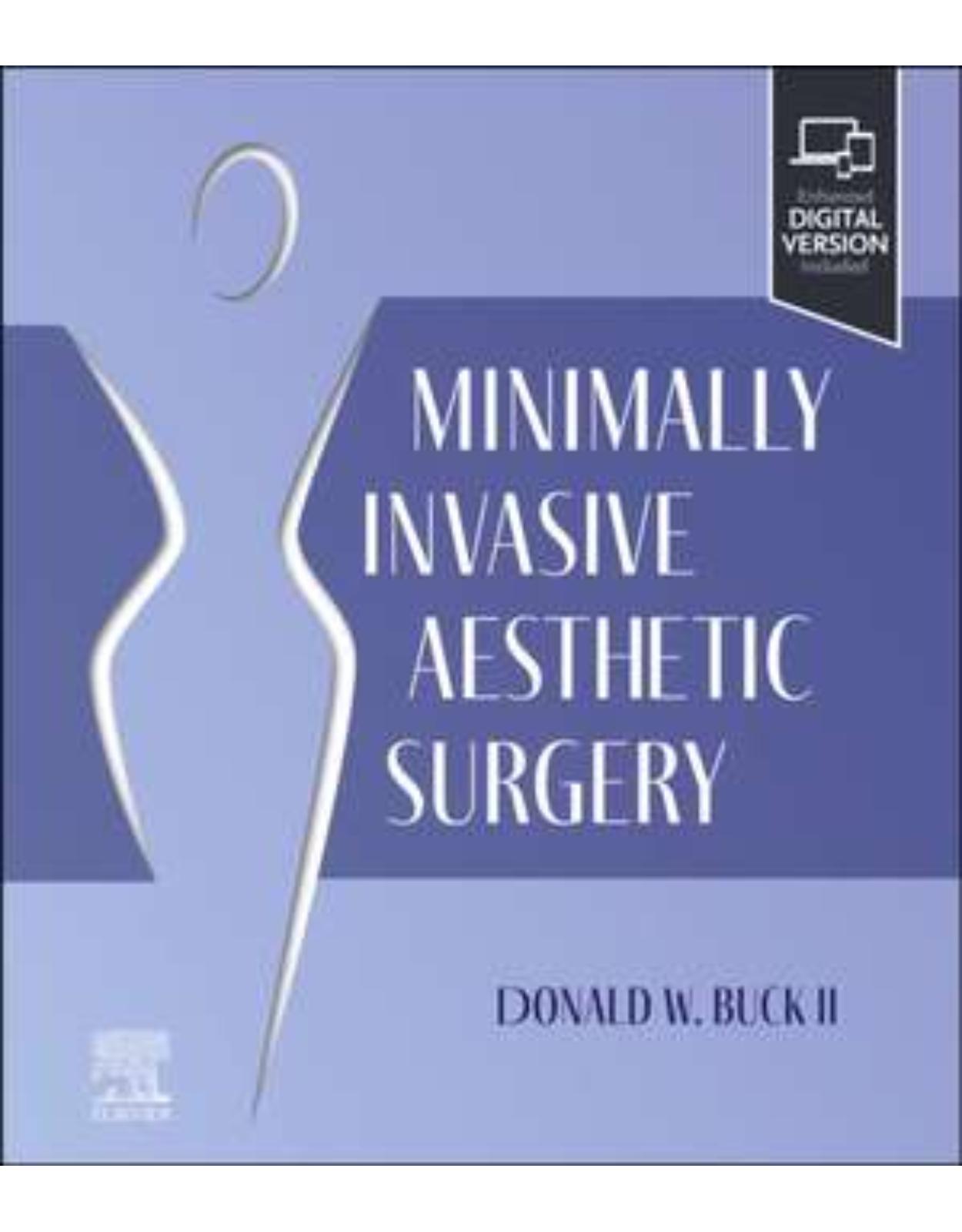
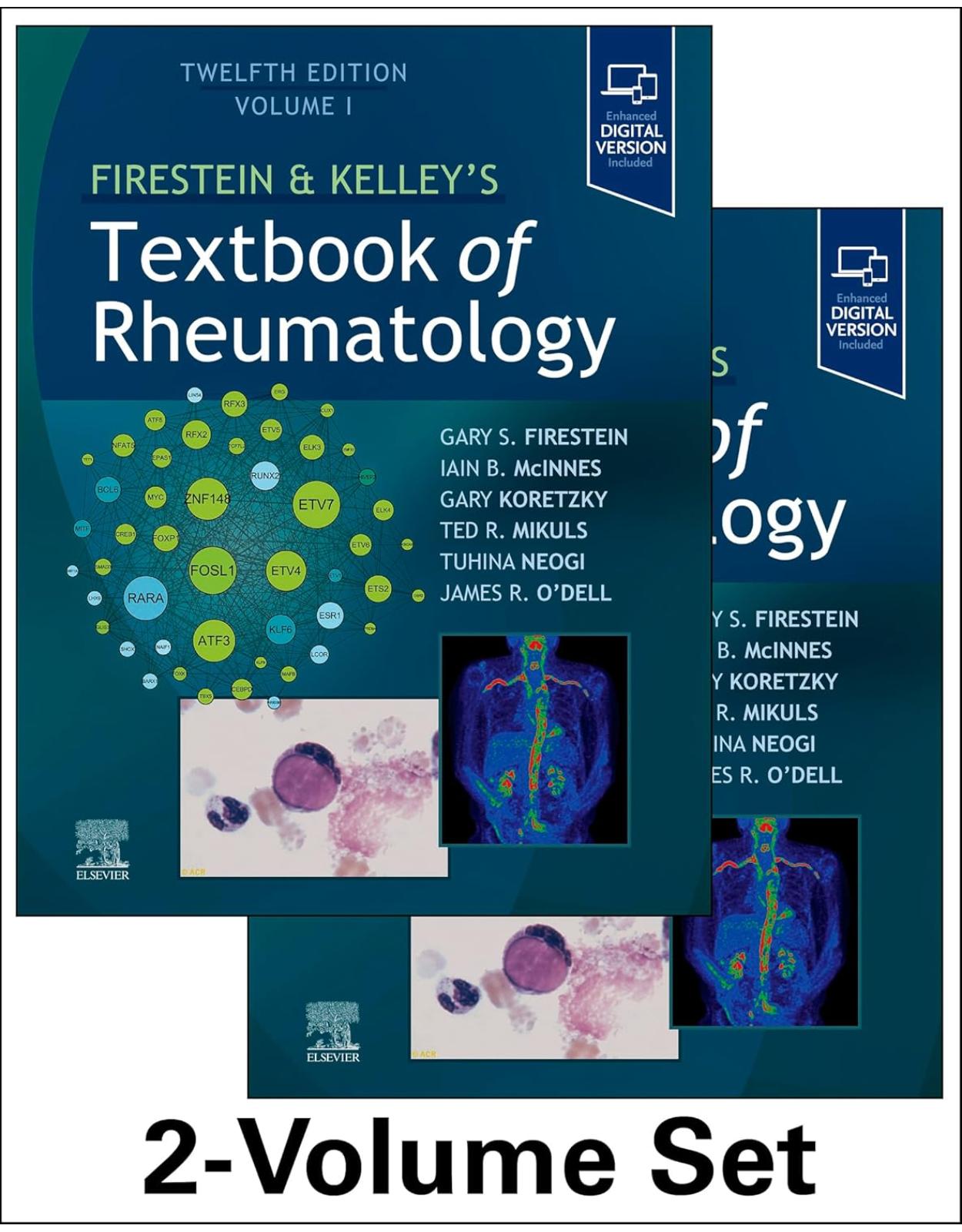
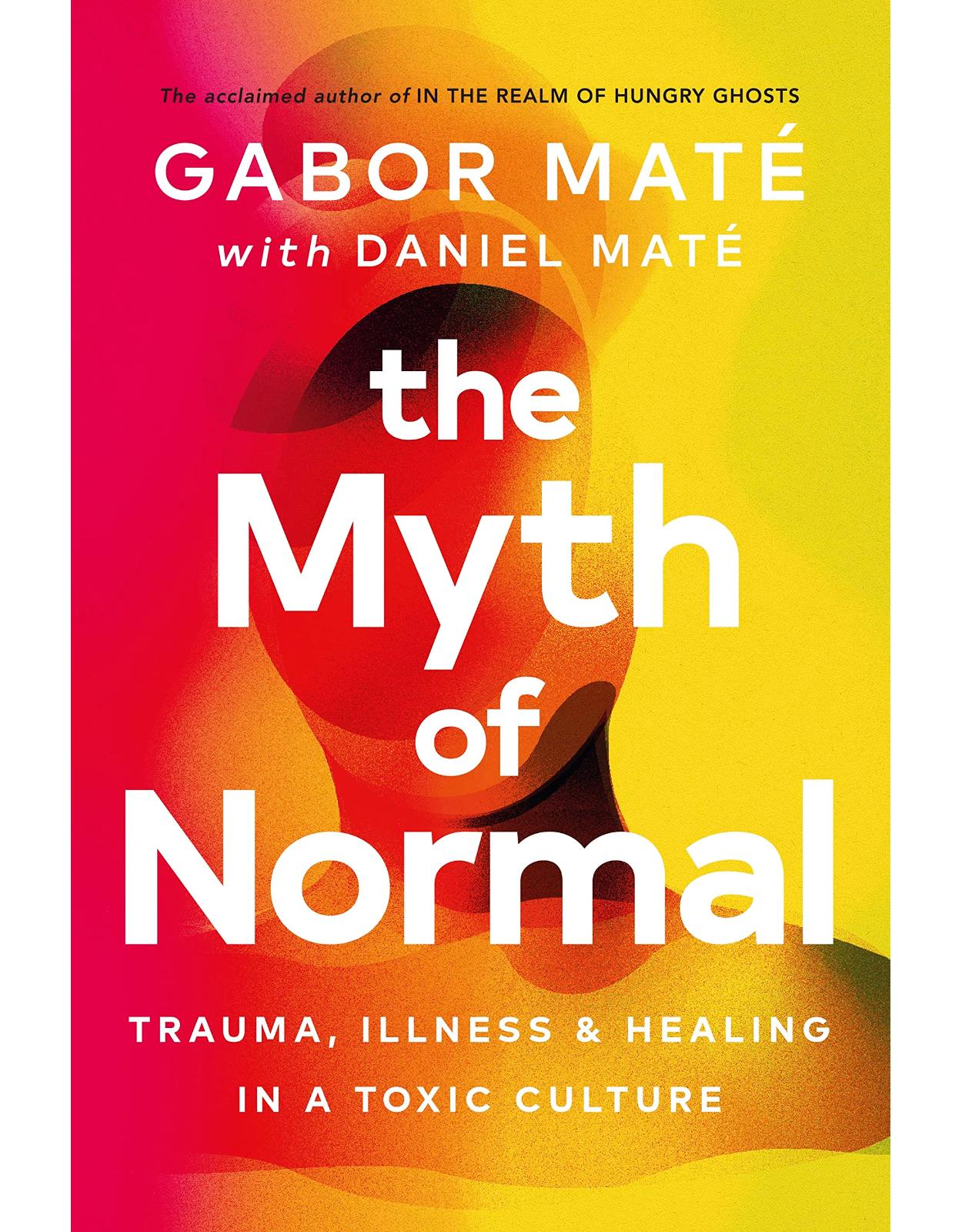



Clientii ebookshop.ro nu au adaugat inca opinii pentru acest produs. Fii primul care adauga o parere, folosind formularul de mai jos.